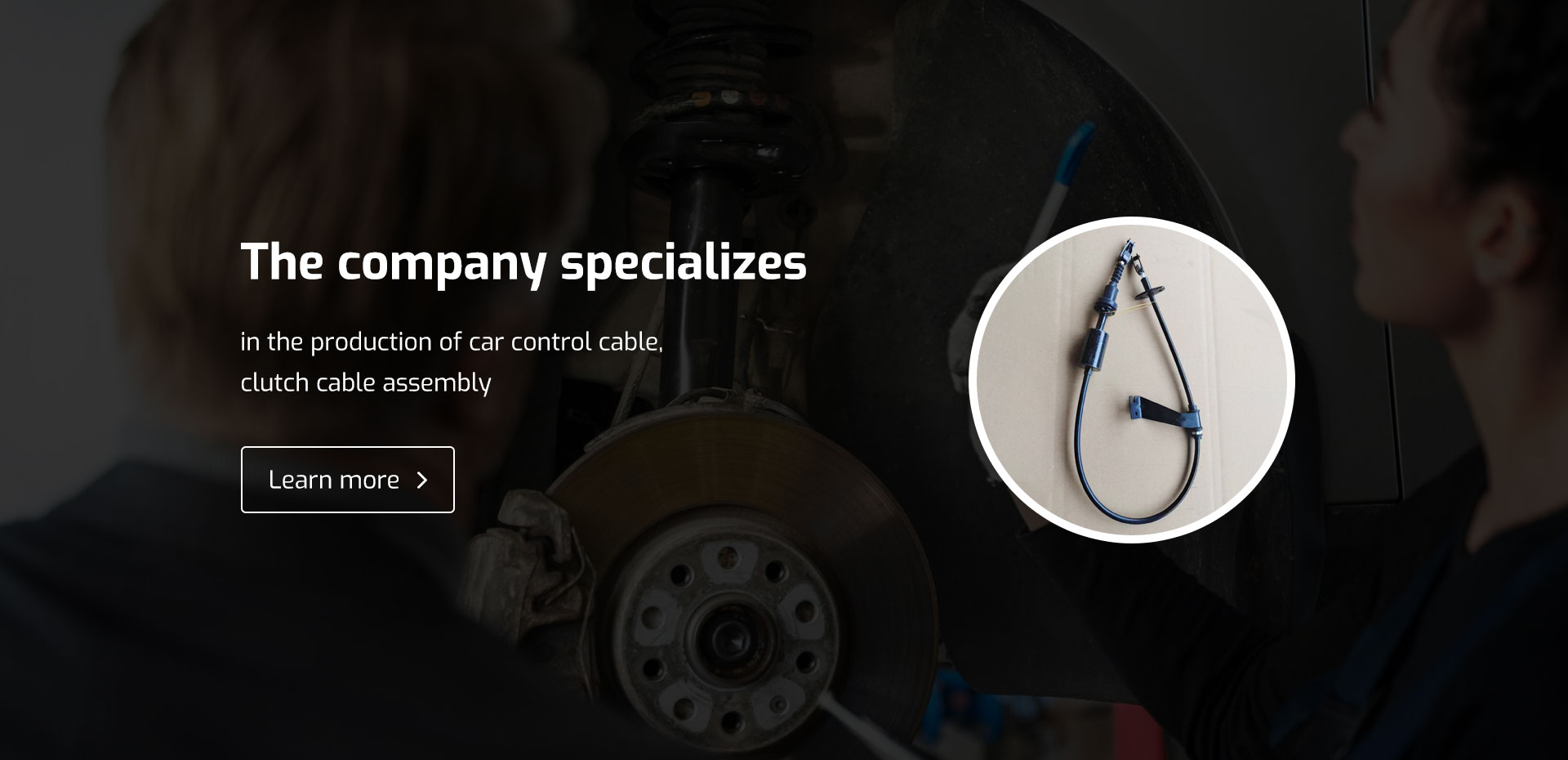Ways to Enhance Performance with Long Throttle Cable Adjustments in Your Vehicle
Understanding Long Throttle Cables Function, Importance, and Maintenance
Throttle cables are a critical component in various mechanical systems, particularly in vehicles and machinery where they control the flow of power to the engine. Among the different types of throttle cables, long throttle cables hold a special significance. This article delves into the function, importance, and maintenance of long throttle cables, highlighting their role in ensuring smooth and efficient operation.
What is a Long Throttle Cable?
A long throttle cable is distinctly designed to connect the throttle pedal or hand grip to the throttle body in an engine, spanning a greater distance than standard cables. These cables are commonly found in motorcycles, lawn mowers, go-karts, and other applications where the throttle control point is positioned far from the engine. The length of the cable allows for flexibility in designing vehicles and equipment while ensuring that operators can easily control engine speed.
The Function of Long Throttle Cables
The primary function of a long throttle cable is to transmit the operator's input to the engine. When the throttle pedal or grip is engaged, it pulls or pushes the cable, which in turn adjusts the throttle plate in the engine. This adjustment regulates the air-fuel mixture entering the combustion chamber, effectively controlling the engine's power output. The responsiveness of the throttle cable is crucial for performance; any slack or delay can result in inefficient operation or even engine stalling.
Importance of Long Throttle Cables
1. Flexibility in Design Long throttle cables provide designers and engineers with more flexibility in layout design, allowing for creative placement of controls without compromising functionality. This is particularly important in custom-built vehicles or machinery that requires specific ergonomic considerations.
2. Enhanced Performance A well-maintained long throttle cable can significantly improve the performance of the engine. It ensures that throttle response is prompt, allowing for better acceleration and control. This is vital in competitive settings where split-second decisions can determine the outcome of a race.
3. Durability While long throttle cables are subjected to wear and tear, high-quality cables often come with protective sheathing that can withstand harsh conditions. This makes them reliable components in environments where exposure to elements or physical stress is common.
long throttle cable

Maintenance of Long Throttle Cables
Proper maintenance of long throttle cables is essential to ensure their longevity and functionality. Here are some essential maintenance tips
1. Regular Inspection Periodically inspect the throttle cable for any signs of wear or fraying. Look for kinks, bends, or rust, which may affect the cable’s performance. Any visible damage should be addressed immediately to prevent failure.
2. Lubrication Keeping the cable properly lubricated can reduce friction and enhance performance. Use a suitable lubricant to ensure smooth operation, especially in areas where the cable rubs against other components.
3. Cleaning Dirt and debris can accumulate along the cable path, leading to resistance. Regularly clean these areas to maintain an unobstructed cable movement.
4. Adjustment Ensure that the cable tension is properly adjusted. Too much tension can cause damage to the cable or connecting components, while too little can lead to unresponsive throttle control.
5. Replacement Eventually, all cables need replacing. Knowing when to replace a cable—based on performance issues or visible signs of deterioration—can save you from more significant repairs down the road.
Conclusion
Long throttle cables are indispensable in modern machinery and vehicles, providing both flexibility in design and critical control over engine performance. By understanding their function and adhering to maintenance best practices, operators can ensure that their throttle systems remain reliable and efficient. Investing time in the upkeep of throttle cables not only prolongs their lifespan but also enhances the overall performance of the vehicle or equipment involved.
-
Workings of Clutch Pipe and Hose SystemsNewsJun.04,2025
-
The Inner Workings of Hand Brake Cable SystemsNewsJun.04,2025
-
The Secrets of Throttle and Accelerator CablesNewsJun.04,2025
-
The Hidden Lifeline of Your Transmission Gear Shift CablesNewsJun.04,2025
-
Demystifying Gear Cables and Shift LinkagesNewsJun.04,2025
-
Decoding Clutch Line Systems A Comprehensive GuideNewsJun.04,2025
